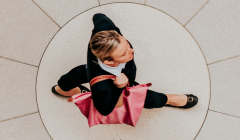
Supporting women through the messy middle of their careers
International Women’s Day may well be over, but progressive agency leaders remain focused on supporting women at every stage of their careers.

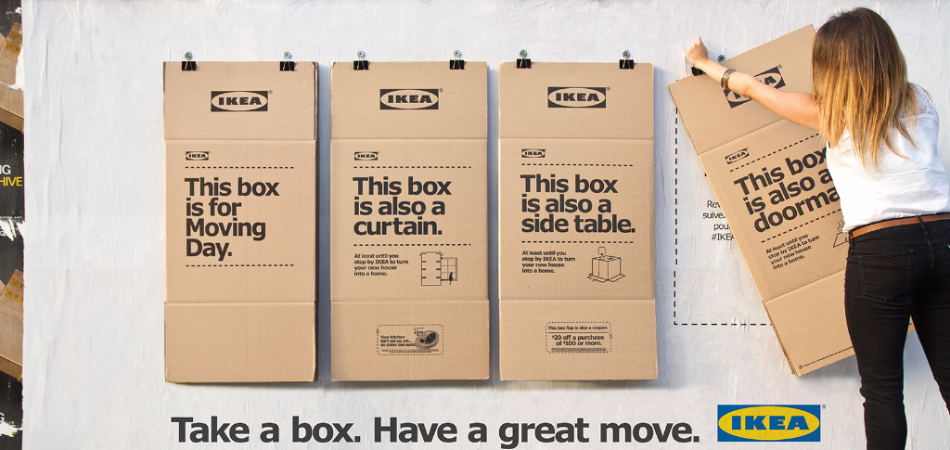
At some point we’ve all been told to go and make ourselves useful. Useful people will always have a place in our lives, so will useful brands. We’ve seen disruptive business models directly attacking traditional brands in their own space, just look at the expediential success of Airbnb, Zipcar and Uber. Innovation in the production process saw GStar Raw winning a Cannes Lion for turning plastic ocean waste into denim.
If brands aspire to be a useful part of our lives, then why shouldn’t their marketing do the same? There have already been some great examples from around the world. BMW installed sensors in car parks to help people park, while also highlighting this feature comes as standard in their cars. Tesco put interactive billboards in airports for travellers to order bread and milk to be delivered to their homes. IKEA used their advertising space to create a virtual flea market and help customers sell their old furniture, creating a message of sustainability and changing perception of the brand.
Being useful is thinking about the customer problem first. As brand guardians we should aim to ensure our product or service enriches the life of the customer, as marketers we need to highlight it’s superior quality. What better way than a marketing idea that’s a useful part of your customer’s life.
Parents know kids need sun protection. Nivea spotted another big beach concern, kids running off by themselves. FCB Brasil and Nivea designed an ad that helps keep kids safe on the beach.
An identity bracelet could be pulled from a print ad and synced up with a smartphone by downloading an app. This useful piece of marketing allowed mothers to keep track of their kids, while highlighting the brand message
Agency: FCB Brasil
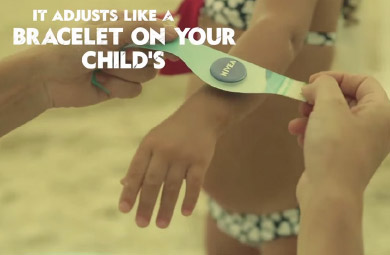
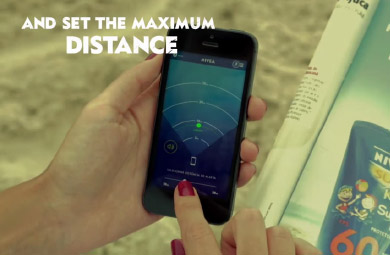
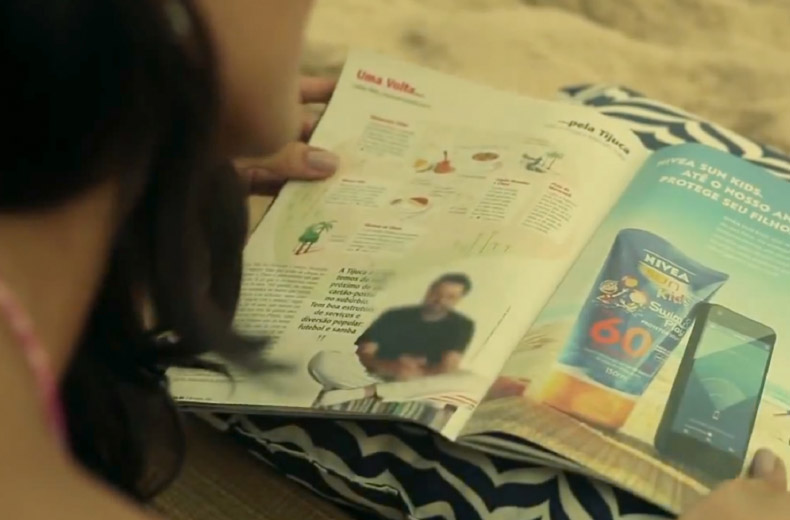
Later this year a Fitness First app will launch that substantiates and delivers the brand promise, Go Further In Life. The insight has helped develop technology that aims to reverse declining attrition rates and drive retention by creating habit forming behaviours rather than focusing on frequency. “It’s a smart combination of science and technology that makes fitness more relevant and meaningful and it’s going to revolutionise the fitness industry,” says Richard Buchanan, Founder, The Clearing.
Agency: The Clearing
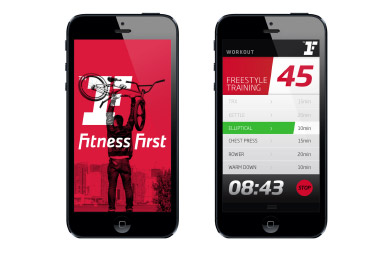
Coca-Cola wanted to spread happiness in Peru. To do this they installed Happy ID photo booths that gave a free Coke and ID photo only if the person smiled. Targeting a teen audience, offering a useful service and promoting the message of happiness that linked them emotionally with the brand. 90% of new IDs in the first month of the campaign were Happy IDs.
Agency: McCann Lima
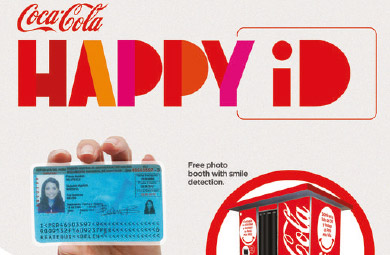
ScottishPower wanted to change customers’ relationship with their energy, making it feel like a service rather than a cost. The Connect app put the customer in control, allowing them to monitor energy use, view their bill and turn heating on or off remotely. “It’s wrapped up as an app and a service, but at its core the app is a communications vehicle, designed to improve customers lives,” says Alfie Dennen, Product Strategist, Isobar.
Agency: Isobar UK , London
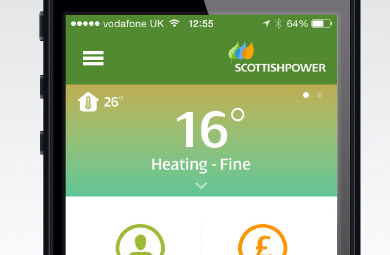
Looks like you need to create a Creativebrief account to perform this action.
Create account Sign inLooks like you need to create a Creativebrief account to perform this action.
Create account Sign in